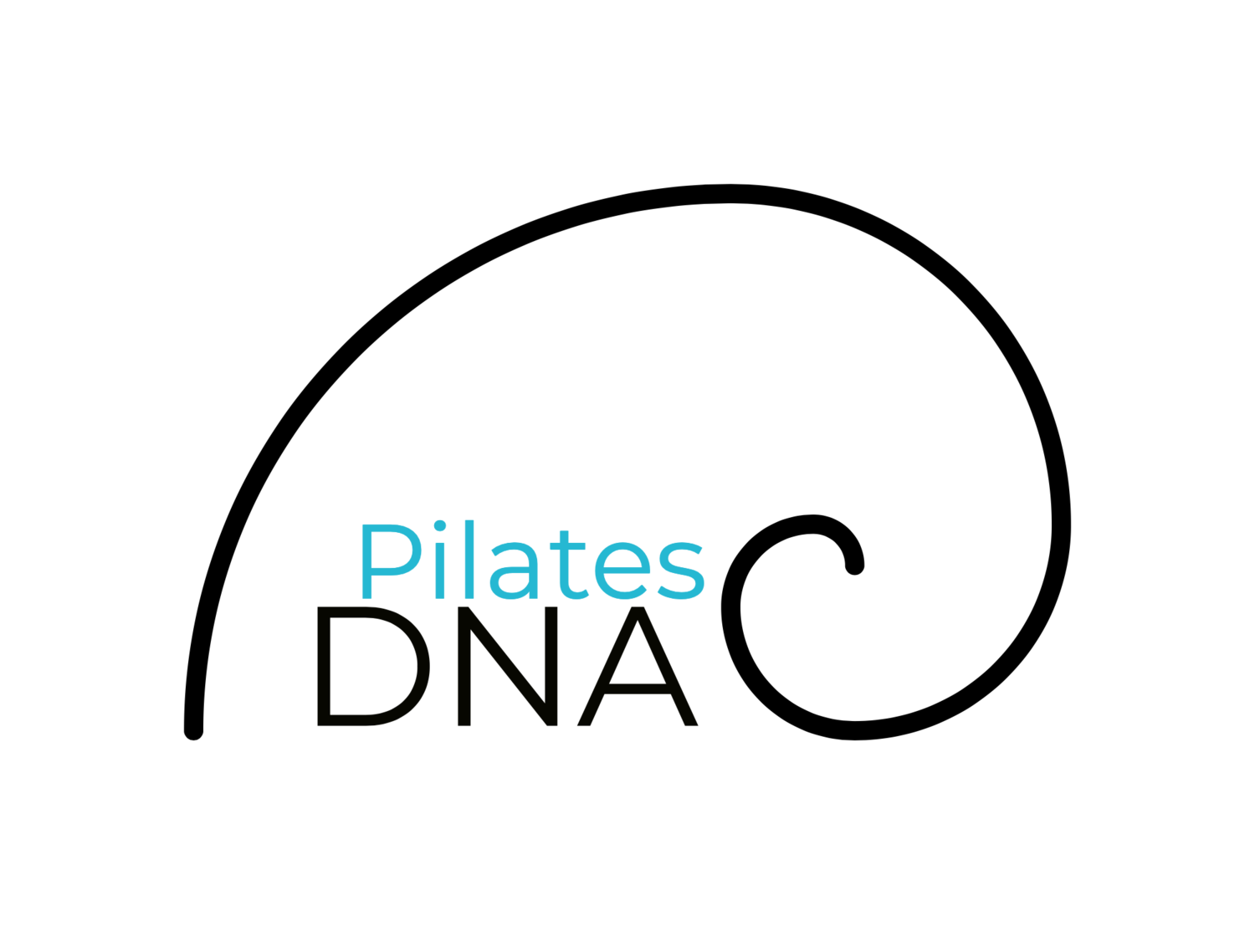Tendon Stretch -- What Am I Missing?
If you’ve been practicing Pilates with a good teacher, you will no doubt learn something about your body and how this method can benefit you. And you don’t need to execute one of the more spectacular-looking exercises to learn something valuable.
In fact, my gauge of a really good teacher is when I find someone who goes beyond simply knowing the movement sequence for exercises like Snake / Twist on the Reformer. My favorite teachers can take those deceptively simple exercises in the system and kick your butt with them.
Now, I love a good Snake / Twist, but it’s not necessary to do in order to uncover the essence of Pilates.
I’ve had several poignant moments in my own journey as a student and one that always stands at the forefront of my mind involves Tendon Stretch on the Electric Chair (thank you, Sandy Shimoda).
Tendon Stretch, also known as Tendon Stretch One Knee, Achilles Stretch and Soleus Press.
Here, we have an often-overlooked exercise because it doesn’t visually capture much to the untrained eye. But here’s something you will undoubtedly come to learn about Pilates: looks can be deceiving.
Here It is in all its glory:
Yeah, not much on the surface, I know.
Perhaps a video will make this bad boy come to life:
I get it. It still doesn’t look like much. It doesn’t quite convey the agony I’m feeling in this moment. The struggle is real, to be sure, but I’m also quite determined because I know what it takes to make this exercise effective.
Have you been shrugging your shoulders over this one, wondering what is the big deal?
Are you scratching your head over what the heck you’re missing? You’re not alone.
You’ve already tried adding more reps, more springs, holding a boulder over your head, maybe you’ve done it while writing your next screenplay, and you still just don’t get it! It doesn’t make any sense. What are you missing?
Contrology, baby.
Follow these very simple instructions and don’t overlook a thing:
Steps 1:
Connect your thumbs and index fingers to create a diamond shape at the front corner of the chair. You’re going to use this foundation to solidify a continuous upper body connection all the way from the middle of the back through to the fingertips -- so press with purpose.
Steps 2:
Place your feet in a parallel position, bending one knee to position it directly at the center of that diamond space you created between your thumbs and index fingers. As a graduate of THE WORK™, I employ the Vintage Pilates concept of identifying spine shapes for each exercise as a baseline for what I’m trying to achieve. In Tendon Stretch, we’re going for a round spine similar to that of Elephant on the Reformer. Square the hips and place the forefoot of your bent leg evenly on the pedal. I can’t emphasize enough the necessity for this even distribution of effort coming from your feet.
Steps 3:
Now, push the pedal down with your forefoot. Hold your knee still. It can’t move at all. Not even a little bit. And if all that checks out and you’re still not getting it, don’t forget to control the springs up by pressing down to lift. Slow down enough that you can maintain that connection. Any time one side of the foot or the hip, or, you name it—any time you fall out of your body’s symmetry—you’re going to dilute the exercise.
You might find that truly holding onto the connection and control is practically unattainable, but now you have something to work toward. Aim high and keep going. You can do it!

